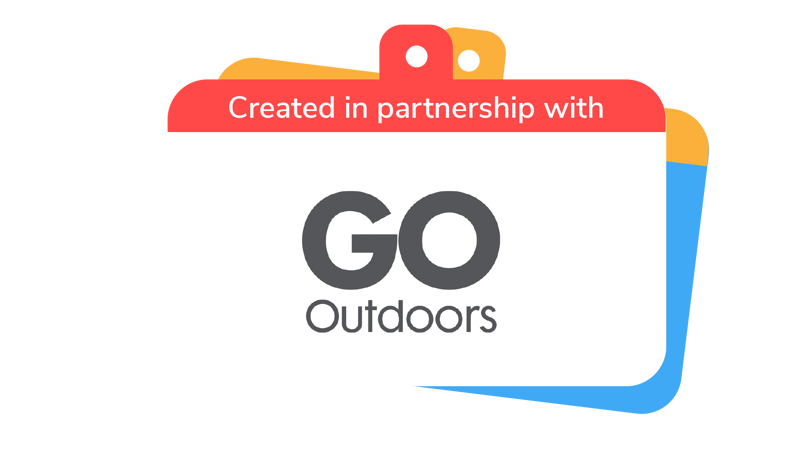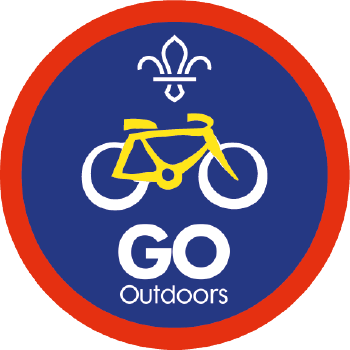
Wheelie good race
You’ll need
- Bikes
- A set of spanners or a bike multi-tool
Before you begin
- Use the safety checklist to help you plan and risk assess your activity. Additional help to carry out your risk assessment, including examples can be found here. Don’t forget to make sure all young people and adults involved in the activity know how to take part safely.
- Make sure you’ll have enough adult helpers. You may need some parents and carers to help if you’re short on helpers.
Checking the bikes
- Ensure the group know how to do basic mechanical maintenance of a bike, such as how to remove the front or rear wheel ,or raise and lower the handle bars. Make sure you ask an experienced and competent person to explain this to them.
- Don't forget to check the brakes on the bike too - for some types you'll need to disconnect the brake first so you can remove the wheel.
- You could run a session using our other bike activities, such as Repair shop runaround, to help people learn these skills first.
- Alternatively, you could demonstrate removing a wheel to the group and ask everyone to have a go before you start the race.
Play the game
- Split the group into equal teams.
- Explain that this’s a relay race. The first person in the team goes up to the bike and, using the tools provided, removes the front wheel, as quickly as they can. They then return to their group.
- The next person goes up to the bike. They must replace and tighten the wheel and then return to the group.
- A team stops racing when everyone has removed or replaced a wheel.
- The winning team is the one whose members are the quickest to complete all of the actions.
Reflection
In this activity we learn to take ownership of our own bike repair. How did it feel to achieve this task? What other simple mechanical repairs could you do to your bike?
Did everything go to plan? Make sure you check carefully any changes you make to your bike, it could make the difference between a working machine and an accident.
Safety
All activities must be safely managed. You must complete a thorough risk assessment and take appropriate steps to reduce risk. Use the safety checklist to help you plan and risk assess your activity. Always get approval for the activity, and have suitable supervision and an InTouch process.
- Active games
The game area should be free of hazards. Explain the rules of the game clearly and have a clear way to communicate that the game must stop when needed. Take a look at our guidance on running active games safely.
- Cycle and wheeled activities
Use appropriate protective equipment. You must wear helmets. Wear elbow and knee pads as defined by your risk assessment.
You could add in more challenges or make the challenges more complex mechanical movements, such as raising or lowering the seat, changing the height of the handlebars or changing the back wheel of a bike. Make sure that an adult checks any adjustments have been made correctly before the bike's ridden again!
The bikes could be closer to the teams or next to the teams, so people don’t need to move to them. You could use bikes with quick release mechanisms to make the removal and replacement easier.
People could go in pairs to take a wheel off or put it back on, so everyone is supported to take part, or think about making this a group activity you complete together and remove the timed element.
If anyone may struggle to take part, they could be the referee. They need to make sure everyone does it properly, time the race and announce the winning team.
All Scout activities should be inclusive and accessible.
